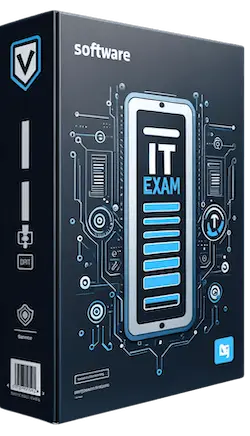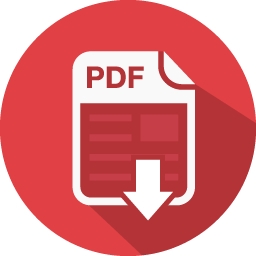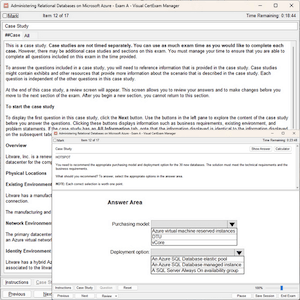Service A is an entity service that provides a set of generic and reusable service capabilities. In order to carry out the functionality of any one of its service capabilities, Service A is required to compose Service B
(1) and Service C (2) and Service A is required to access Database A (3), Database B (4), and Database C (5). These three databases are shared by other applications within the IT enterprise.
All of service capabilities provided by Service A are synchronous, which means that for each request a service consumer makes. Service A is required to issue a response message after all of the processing has completed.
Depending on the nature of the service consumer request, Service A may be required to hold data it receives in memory until its underlying processing completes. This includes data it may receive from either Service A or Service B or from any of the three shared databases.
Service A is one of many entity services that reside in a highly normalized service inventory. Because Service A provides agnostic logic, it is heavily reused and is currently part of many service compositions.

You are told that Service A has recently become unstable and unreliable and several of the service consumers that access it have had to raise runtime exceptions due to these problems. What steps can be taken to solve these problems without compromising the normalization of the service inventory?
A. The Service Autonomy principle can be applied to increase the physical isolation of Service A and to reduce dependencies Service A has on external resources. In support of this, the Service Data Replication pattern can be applied in order to establish a dedicated database that contains replicated data from shared Databases A, B, and C . Furthermore, the Redundant Implementation pattern can be applied so that the logic Service A requires from Services B and C can be redundantly placed inside of Service A . This way, Service A avoids having to separately compose Services B and C
B. The Service Statelessness principle can be applied with the help of the State Repository pattern in order to establish a state database that Service A can use to defer state data it may be required to hold for extended periods. The Service Autonomy principle can also be applied in order to increase the physical isolation of Service A and to reduce dependencies Service A has on external resources. In support of this, the Service Data Replication pattern can be applied in order to establish a dedicated database that contains replicated data from shared Databases A, B, and C.
C. The Service Loose Coupling and Standardized Service Contract principles can be applied by introducing a separate utility service that provides centralized data access to the Databases A, B, and C, and exposes a standardized service contract that can be used by Service A . This will prevent Service A from direct dependencies on the shared databases in case any of them are replaced in the future. By following this approach, the Legacy Wrapper pattern is effectively applied via the introduction of the new utility service.
D. None of the above.










